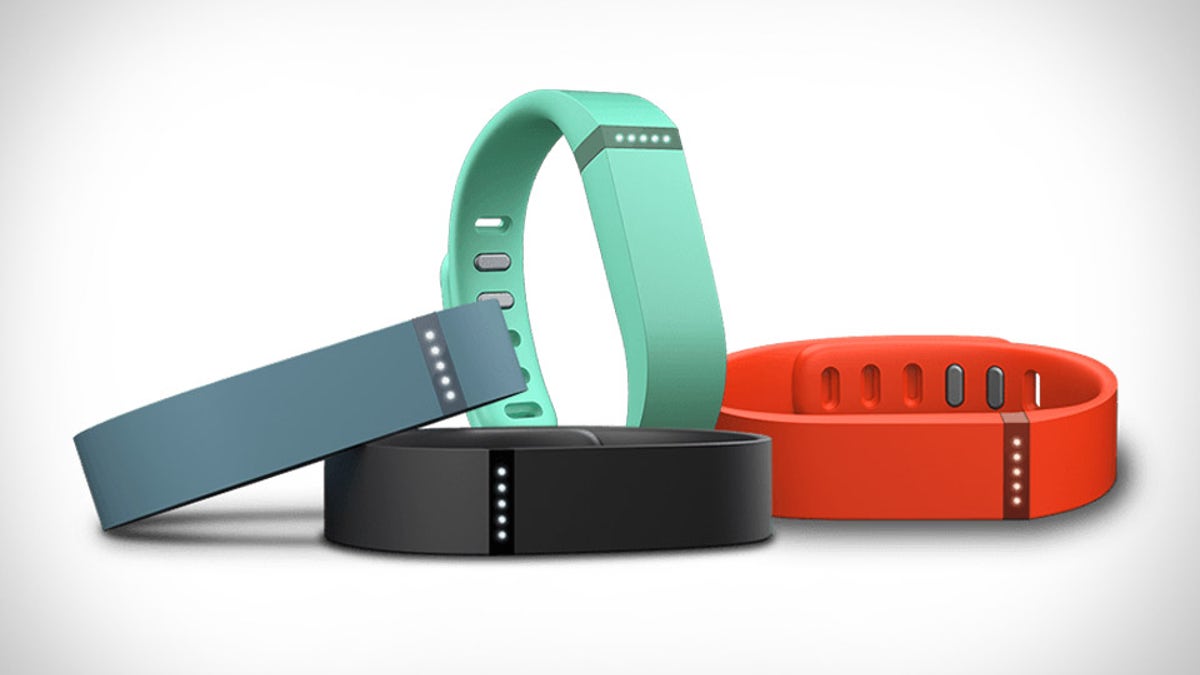
Postmenopausal women who are given an activity level goal for the week end up getting more activity when using a Fitbit than a traditional pedometer, according to a new study.
The Fitbit devices are small activity trackers that can be attached to clothing or worn on the wrist like a watch. They collect activity data, upload it to the Internet and produce simple graphs and charts for people to review.
“The Fitbit provides much more detailed feedback and offers more engagement than a basic step-counting pedometer,” said lead author Lisa A. Cadmus-Bertram of the University of Wisconsin–Madison.
The finding that consumer-based trackers were associated with small or moderate increases in physical activity supports the idea that wearable fitness trackers are enjoyable, feasible, and useful, at least for the college-educated older women in this sample, she said.
As reported in the American Journal of Preventive Medicine, Cadmus-Bertram and colleagues assigned 51 overweight postmenopausal women to a four-week self-monitoring activity intervention, with the goal of walking 10,000 steps per day and getting 150 minutes of moderate to vigorous physical activity per week.
The U.S. Centers for Disease Control and Prevention recommends at least this much aerobic activity, like brisk walking, per week, plus muscle strengthening activities at least twice weekly.
Half of the women were given a Fitbit One tracker and an instructional session on how to use it, plus a follow-up call at the one-month point. The Fitbit One clips to a waistband, bra or can be kept in a pocket.
The other half were given a simple pedometer. All the women also wore an accelerometer on the hip during the study, as a uniform way of tracking movement for both groups.
Before the study, the women were getting an average of 33 minutes of moderate to vigorous activity in bouts of at least 10 minutes each per week and took an average of almost 6,000 steps each week. Those in the Fitbit group increased this weekly total by 38 minutes and added an average of 789 steps per week.
The pedometer group did not increase their activity enough to be statistically significant, the researchers found.
Even those in the Fitbit group did not increase their activity enough to meet the 150 minutes per week goal, but that should not be discouraging in this preliminary feasibility study, she said.
There are many other fitness trackers on the market today, like the Jawbone Up and the Garmin Vivoactive and later generation Fitbits.
There were fewer options when Cadmus-Bertram proposed this study in 2011, so she chose the Fitbit One.
A good fitness tracker is accurate enough to be helpful, provides frequent feedback, encourages the user to set individualized goals and to review or revise those goals frequently and provides positive recognition when goals are attained, Cadmus-Bertram said.
“These are principles of self-monitoring and self-regulation, and they’re a key aspect of changing any habit, whether it is changing your diet, becoming more active, or anything else,” she said.
“Just like changing any other habit, it’s a process, and it isn’t easy,” Cadmus-Bertram told Reuters Health by email. “There’s not a single approach that will work for everyone.”
“Trackers are an exciting new tool in the toolbox of behavioral science, but they aren’t a silver bullet,” she said. “It can’t do the exercise for you, but it can make improving your lifestyle a bit easier and more fun.”
A Fitbit One costs about $100 from most retailers. Many simple pedometers cost less than $20.
“Most people know they should be more physically active, but they have no way of knowing how much more activity is necessary,” said Wendy Donlin Washington of the University of North Carolina Wilmington, who was not part of the new study. “Both the Fitbit and the pedometer tell you immediately how you're doing.”
Fitness trackers tend to work well for some people and not at all for others, which on average appears works out to a moderate increase in activity overall, she told Reuters Health by email.




















